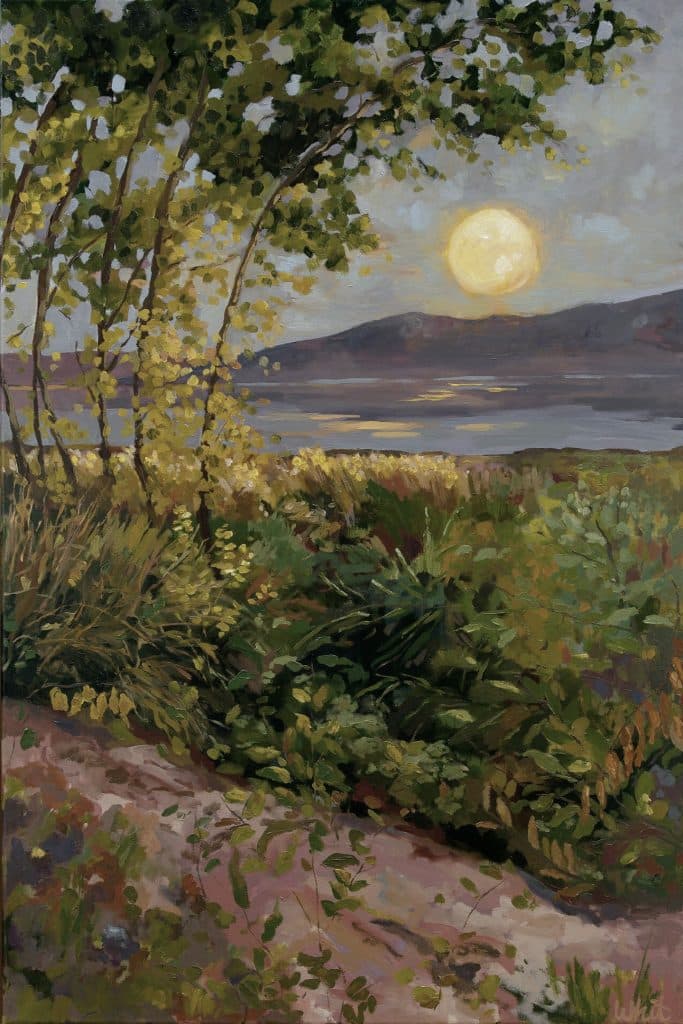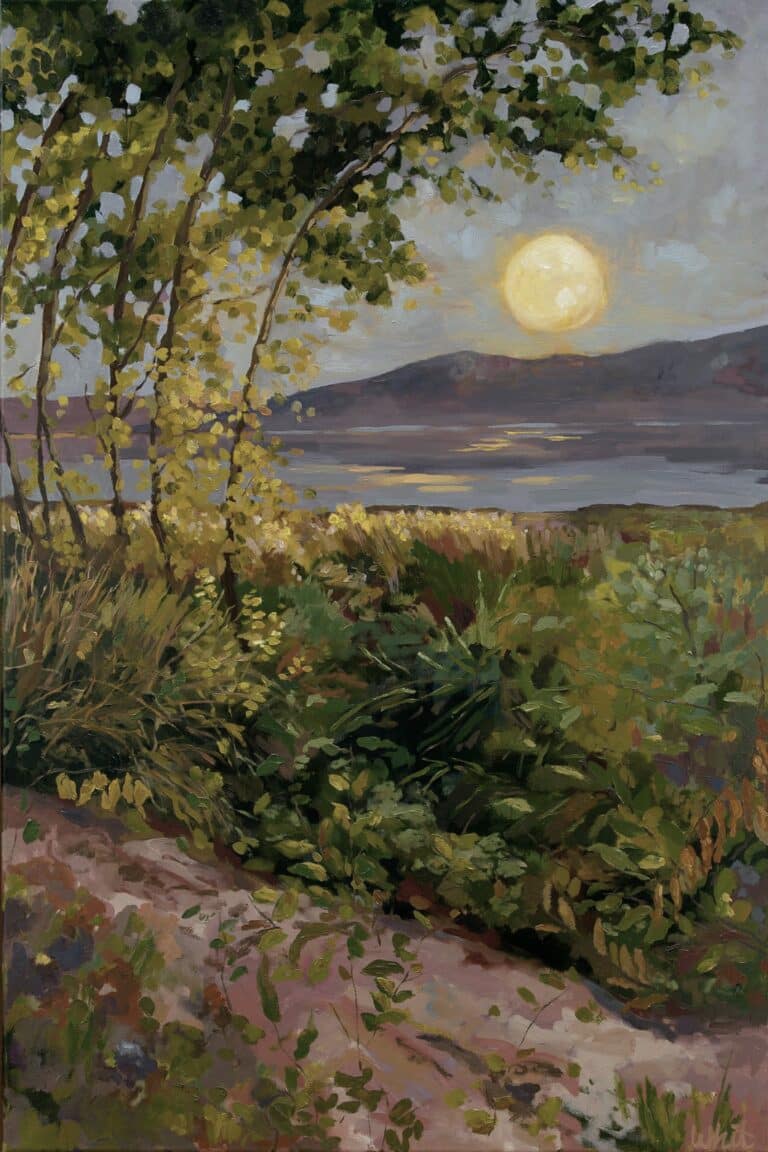We get to decide what, or where, is a holy place for ourselves. When we were younger, perhaps we were told which places were holy. For me, that was the temple. Maybe nature, slightly. My church experience made connections with nature through ward campouts, Girls Camp, and Scout Camp. There seemed to be a set criteria for what made a place holy — quiet, clearly feeling God, being in a specific, separated area. However, I don’t think it was explicitly explained to me growing up that I could decide what makes a place holy.
No one else could decide this for me — or for anyone else. Others might say somewhere is holy, and perhaps you might feel it too. But only individuals can answer that question for themselves.
My holy places have changed over time. Perhaps when I was a youth I needed the pattern and example of temple trips and ward and family campouts to explore what was holy. Now, I find that my holy places include a mix of wonderment — like when you can see the night sky clearly, how small you feel looking at the great expanse of the stars and realizing how very old they are — and connection. One way I know a place is holy is feeling that mix of connecting with our inner knowing and an outside presence that both connects and distances ourselves with its grandeur.
I also find holy places in the mundane parts of my life. That life includes real constraints such as the threat of sickness, lack of paid time off, being a parent, and money concerns. As a result, I have shifted away from searching for the grand and epic and I now seek holy places in less obvious spaces — like taking a minute when I’m losing my patience to take deep breaths outside while my toddler’s screams of “I don’t want you to have alone time” are barely muffled on the other side of the sliding glass door. Or walking slowly through the snow, hearing the crunch of my feet and the muting effect of the snowfall. Finding ways to be present and accepting it’s winter instead of wishing I was somewhere else. The cheesy but profound Peloton yoga instructor reminding us at the end of each class that everything we need is already within us. Connecting with our holy places can be recharging, recommitting to ourselves and our lives to try again, respecting ourselves, replenishing what was missing.
A brief summary of holy places from all of the writing in this contest issue might be: “it’s complicated.” Many of the writers explore places that used to be holy or find holy in unexpected places or times. Several others reimagine a holy place.
Many of the contributors explore places that used to be holy or find holy in unexpected places or times. Several others reimagine a holy place.
Svitlana Miller, founder of the charity For Ukraine With Love, reflects on the significance of place given her tireless work following Russia’s invasion of her home country. Sarah Safsten explores a shift in her holy places as she names the literal and physical droughts in her life, while Alma Pellett reflects on what the temple meant to her in the past and finds comfort in new holy spaces as a trans woman. Holly Mancuso discovers solidarity with ward members after fleeing a meeting in the surprising sacred space beside a dumpster, and Shannon Milliman creates meaning in the different places she has lived and roles she has inhabited. Cynthia W. Connell poetically parallels a near-death experience with hope found in Christ’s empty tomb while Heidi Toth accepts running and her body as holy place amidst pain and discomfort. Aislynn Collier acknowledges her wilderness spaces as she leaves traditional church spaces and Andee Bowden — in their winning essay — finds their name and deeper identity on the shores of Lake Michigan. Emily Gray Fisher, a professor and expert on holy spaces, juxtaposes her professional studies of Lutheran churches with an LDS church historical site where she unexpectedly finds peace. These themes are also reflected in the artwork, where most of the pieces were submitted by artists for this specific issue.
Perhaps finding sacred space is a constant navigation of our individual selves “suspended between heaven and earth,” described so vividly in Lorraine Jeffrey’s winning poem, “Peter — In That Instant.” As you read all the essays, poems, reviews, and interviews alongside the evocative artwork and other features found in this Winter 2023 contest issue, we invite you to reflect. What are your holy places, and what makes them holy to you?

“She Rises” by Whitney Naomi




